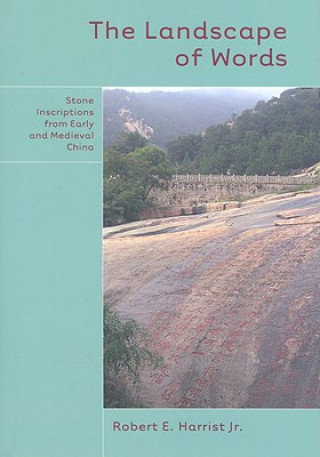
Kód: 04874694
Landscape of Words
Autor Robert E. Harrist
'Silk and bamboo are easily ruined, but metal and stone are hard to destroy. Placed on a high mountain [the writing] will be passed down without limit' - from Stone Eulogy, Mount Tie. 'To look at the mountains is like gazing at a ... celý popis
- Jazyk:
 Angličtina
Angličtina - Vazba: Pevná
- Počet stran: 424
Nakladatelství: University of Washington Press, 2008
- Více informací o knize

1987 Kč
Dostupnost:
50 % šance Máme informaci, že by titul mohl být dostupný. Na základě vaší objednávky se ho pokusíme do 6 týdnů zajistit.
Máme informaci, že by titul mohl být dostupný. Na základě vaší objednávky se ho pokusíme do 6 týdnů zajistit.Prohledáme celý svět
Mohlo by se vám také líbit
-

Their Eyes Were Watching God
419 Kč -

DC Comics: The Joker: Quotes from the Clown Prince of Crime
313 Kč -

BattleTech
267 Kč -

A to Z of Weird & Wonderful Football Shirts
508 Kč -

Yukio Mishima: The Death of a Man
1292 Kč -

Dynamic Reteaming
1128 Kč -

The Paris Secret
398 Kč -

Good Girl, Bad Blood
184 Kč -

Deep Learning for Coders with fastai and PyTorch
1481 Kč -

The Extraordinary Gardener
407 Kč -
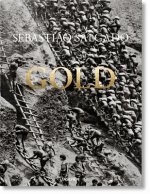
Sebastiao Salgado. Gold
1234 Kč -
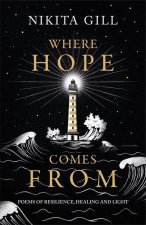
Where Hope Comes From
433 Kč -

Mastering the Trade, Third Edition: Proven Techniques for Profiting from Intraday and Swing Trading Setups
1478 Kč -

The Wonder Weeks
431 Kč -

12 Rules for Life
213 Kč -

Gold B2 First New Edition Coursebook
1437 Kč -

Bird & Dutch
283 Kč -
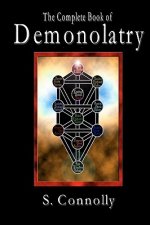
The Complete Book of Demonolatry
982 Kč -

Farm Sounds
328 Kč -

Building a StoryBrand
367 Kč -
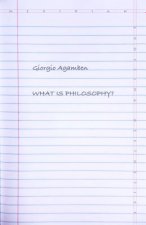
What Is Philosophy?
563 Kč -

SKKS
604 Kč -

Eversion
471 Kč -

Harmony
487 Kč -

Automating DevOps with GitLab CI/CD Pipelines: Build efficient CI/CD pipelines to verify, secure, and deploy your code using real-life examples
1309 Kč -

Everyone Here Is Lying
378 Kč -

These Twisted Bonds
385 Kč -

The Nurture Revolution: Grow Your Baby's Brain and Transform Their Mental Health Through the Art of Nurtured Parenting
613 Kč -

Revelle
473 Kč -

Surrender
662 Kč -

Armada
964 Kč -

Case Files of Jeweler Richard (Light Novel) Vol. 1
330 Kč -

Death and Return of Superman Omnibus
3236 Kč -

Luther Strode Volume 1: The Strange Talent of Luther Strode
242 Kč -
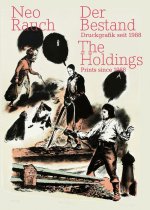
Neo Rauch. Der Bestand | The Holdings
988 Kč -

Candy House
378 Kč -

Jurassic Park
1253 Kč -

AI 2041
465 Kč -

Bridgerton: When He Was Wicked
302 Kč -

Mister Impossible (Dreamer Trilogy #2)
268 Kč -

ACSM's Guidelines for Exercise Testing and Prescription
1308 Kč -

Ex Machina Compendium Two
1672 Kč -

Blonde
323 Kč -

Black Arts
440 Kč -

Effective Modern C++
1292 Kč -

Beginner's Guide to Digital Painting: Characters
972 Kč -

Alice Faye
875 Kč -

Kate
482 Kč -
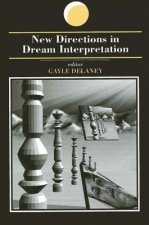
New Directions in Dream Interpretation
1178 Kč -
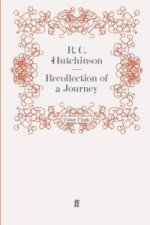
Recollection of a Journey
768 Kč -
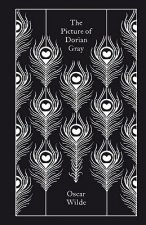
The Picture of Dorian Gray
362 Kč -
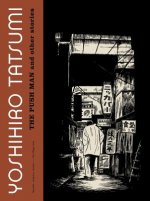
Pushman
443 Kč -

Elvis and the Memphis Mafia
345 Kč -

Rebellious Mourning: The Collected Works Of Grief
493 Kč -

Harry Potter: A Pop-Up Book
1010 Kč -
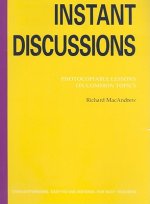
Instant Discussion
1159 Kč -
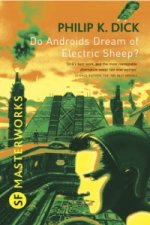
Do Androids Dream Of Electric Sheep?
302 Kč -

Shutter Island
276 Kč -

Penguin Dictionary of English Idioms
303 Kč -

Wind-up Train
547 Kč -

Art Of Dragon Age: Inquisition
1090 Kč -

Wisdom of Insecurity
369 Kč -

Software Requirements
1019 Kč -

The 48 Laws of Power
601 Kč -

A4 Pacific Locomotives
611 Kč -

Boys
494 Kč -

Ghost Boy: The Miraculous Escape of a Misdiagnosed Boy Trapped Inside His Own Body
500 Kč -

Rip Van Winkle - Illustrated by Arthur Rackham
664 Kč -

The Spy Wore Red: My Adventures as an Undercover Agent in World War II
792 Kč -

O-parts Hunter 3
248 Kč -

Kit and Kat
158 Kč -
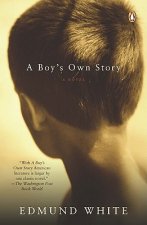
A Boy's Own Story
407 Kč -
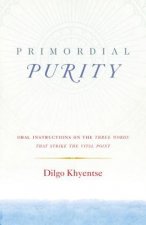
Primordial Purity
449 Kč -

Wisdom of the Oracle Divination Cards
471 Kč -

Coco Little Golden Book (Disney/Pixar Coco)
174 Kč -

Pinball Compendium: 1930s-1960s
1127 Kč -

Incomplete Education
800 Kč -
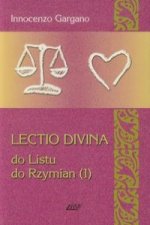
Lectio Divina 15 Do Listu do Rzymian 1
120 Kč -

(6)Das Original-Hörspiel z.TV-Serie-Die Rettung
320 Kč -
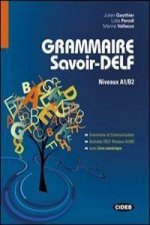
Grammaire Savoir-DELF
668 Kč -

Quirke 7. Las sombras de Quirke
570 Kč -

Kamerdyner świata
352 Kč -

Mia and me - die Rückkehr des Einhornkönigs, 1 Audio-CD
320 Kč -

Dachs & Eichhorn. Die Meisterschnüffler
318 Kč -

Gdzie się zwierzę spać wybierze?
89 Kč -

Neurologie compact
3415 Kč -
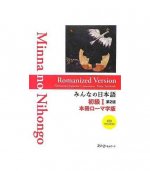
INNA NO NIHONGO I MAIN TEXTBOOK (ROMANIZED 2ND EDITION) +CD
1458 Kč -

Dieta warzywno-owocowa dr Ewy Dąbrowskiej Program na 6 tygodni
182 Kč -

Chińczyk Deluxe
195 Kč -

Abi Alba
362 Kč -

Repetytorium dla uczniów liceów i techników Poziom rozszerzony + pdf
477 Kč
Dárkový poukaz: Radost zaručena
- Darujte poukaz v libovolné hodnotě a my se postaráme o zbytek.
- Poukaz se vztahuje na celou naši nabídku.
- Elektronický poukaz vytisknete z e-mailu a můžete ihned darovat.
- Platnost poukazu je 12 měsíců od data vystavení.
Informovat o naskladnění knihy
Zadejte do formuláře e-mailovou adresu a jakmile knihu naskladníme, zašleme vám o tom zprávu. Pohlídáme vše za vás.
Více informací o knize Landscape of Words
Nákupem získáte 199 bodů
 Anotace knihy
Anotace knihy
'Silk and bamboo are easily ruined, but metal and stone are hard to destroy. Placed on a high mountain [the writing] will be passed down without limit' - from Stone Eulogy, Mount Tie. 'To look at the mountains is like gazing at a painting, and roaming in the mountains is like reading history' - Li Fu (673-1750), commentary on inscriptions in and near Longyin Cave, Guilin. In this fascinating and meticulously researched book on the Chinese landscape as a medium for literary inscription, Robert E. Harrist Jr. focuses on the period prior to the eighth century C.E. to demonstrate that the significance of inscriptions on stone embedded in nature depends on the interaction of words with topography. Visitors do not simply climb inscribed mountains, they read them, as the medium of the written word has transformed geological formations into landscapes of ideological and religious significance.The widespread use of stone as a medium for writing did not begin in China until around the first century C.E. - later than in the ancient civilizations of Egypt, the Near East, Greece, and Rome - but by the twentieth century, more inscriptions had been carved in natural stone in China than anywhere else in the world. "The Landscape of Words" is the first study in a Western language devoted to these texts, moya or moya shike, carved into the natural terrain on granite boulders and cliffs at thousands of sites of historic or scenic interest. Like the writing system itself, moya are one of the distinguishing features of Chinese civilization. Carved in large, bold characters, they constitute a vast repository of texts produced continuously for more than two thousand years and are an important form of public art.Harrist draws on insights from the fields of art history, social and political history, literature, and religion to present detailed case studies of important moya sites, such as the Stone Gate tunnel in Shaanxi and Cloud Peak Mountain, Mount Tie, and Mount Tai in Shangdong. The inscriptions analyzed represent a range of literary genres and content, including poetry, Buddhist sutras, records of imperial rituals, and commemorations of virtuous conduct in public life.
 Parametry knihy
Parametry knihy
Zařazení knihy Knihy v angličtině The arts History of art / art & design styles Art styles not defined by date
1987 Kč
- Plný název: Landscape of Words
- Podnázev: Stone Inscriptions from Early and Medieval China
- Autor: Robert E. Harrist
- Jazyk:
 Angličtina
Angličtina - Vazba: Pevná
- Počet stran: 424
- EAN: 9780295987286
- ISBN: 0295987286
- ID: 04874694
- Nakladatelství: University of Washington Press
- Hmotnost: 1444 g
- Rozměry: 260 × 187 × 33 mm
- Datum vydání: 09. May 2008
Oblíbené z jiného soudku
-
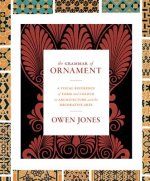
Grammar of Ornament
993 Kč -

800 Classic Ornaments and Designs
361 Kč -
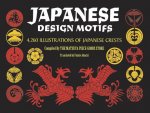
Japanese Design Motifs
616 Kč -
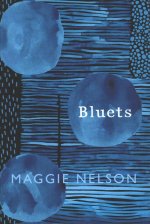
Bluets
378 Kč -
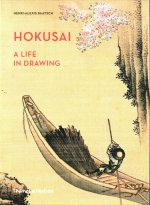
Hokusai
678 Kč -

Sumi-e
821 Kč -
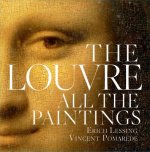
Louvre: All The Paintings
1572 Kč -

Hokusai Pop-ups
676 Kč -

Shunga
1345 Kč -
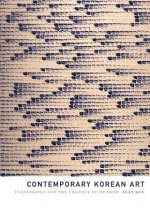
Contemporary Korean Art
1014 Kč -
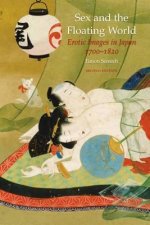
Sex and the Floating World
927 Kč -
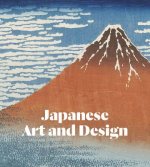
Japanese Art and Design
847 Kč -

Designa
601 Kč -
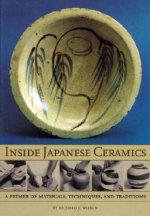
Inside Japanese Ceramics
758 Kč -
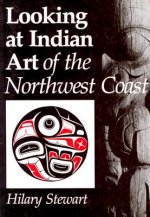
Looking at Indian Art of the Northwest Coast
375 Kč -
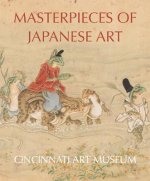
Masterpieces of Japanese Art: Cincinati Art Museum
1266 Kč -
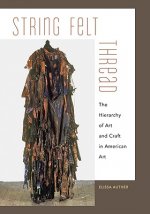
String, Felt, Thread
1052 Kč -
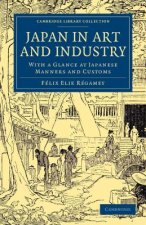
Japan in Art and Industry
1486 Kč -
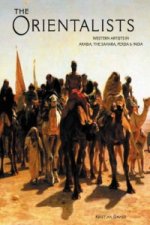
Orientalists
2381 Kč -
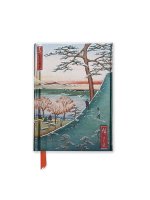
Hiroshige: Meguro (Foiled Pocket Journal)
320 Kč -
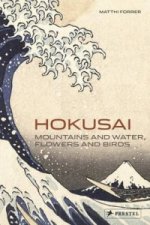
Hokusai
362 Kč -
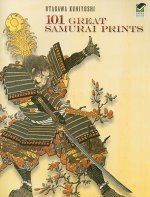
101 Great Samurai Prints
467 Kč -
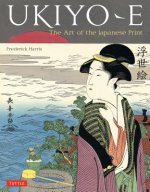
Ukiyo-e
722 Kč -

On Weaving
1300 Kč -

Unknown Craftsman, The: A Japanese Insight Into Beauty
782 Kč -
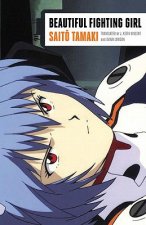
Beautiful Fighting Girl
583 Kč -

Skateboard Art of Jim Phillips
713 Kč -
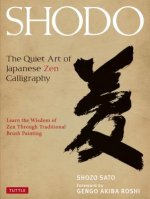
Shodo
728 Kč -
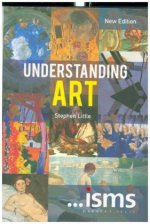
Understanding Art
303 Kč -
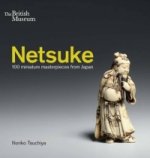
Netsuke
410 Kč -
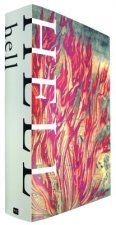
Hell in Japanese Art
1478 Kč -
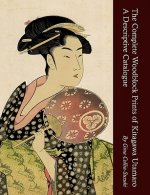
Complete Woodblock Prints of Kitagawa Utamaro
1743 Kč -

50 Paintings You Should Know
392 Kč -
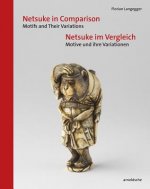
Netsuke in Comparison
1186 Kč -

Keith Haring
327 Kč -
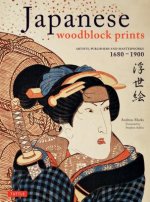
Japanese Woodblock Prints
1399 Kč -
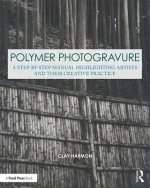
Polymer Photogravure
1891 Kč -
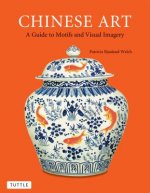
Chinese Art
727 Kč -

Bark Canoes and Skin Boats of Northern Eurasia
1406 Kč -
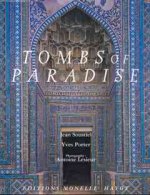
Tombs of Paradise: The Shah-E Zende in Samarkand and Architectural Ceramics of Central Asia
1487 Kč -

Australian Rock Art
997 Kč -

50 Women Artists You Should Know
472 Kč -
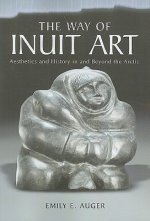
Way of Inuit Art
1369 Kč -
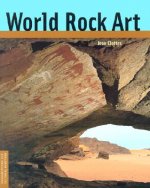
World Rock Art
848 Kč -

From Postwar to Postmodern, Art in Japan, 1945-1989
1014 Kč -
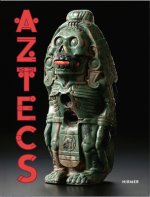
Aztecs
851 Kč -

The Adorable Circle of Life Adult Coloring Book
222 Kč -
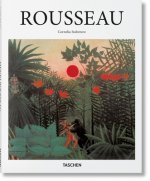
Rousseau
384 Kč -

Hokusai
1078 Kč
Osobní odběr Praha, Brno a 12903 dalších
Copyright ©2008-24 nejlevnejsi-knihy.cz Všechna práva vyhrazenaSoukromíCookies


 Vrácení do měsíce
Vrácení do měsíce 571 999 099 (8-15.30h)
571 999 099 (8-15.30h)